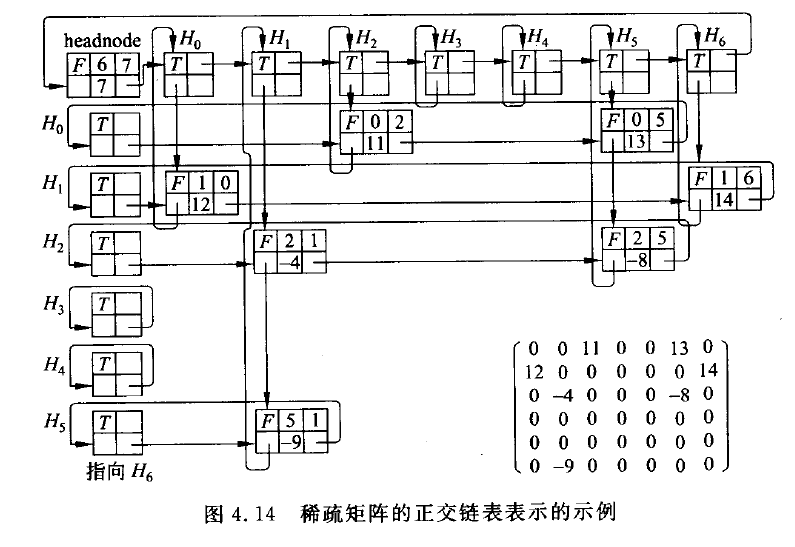表达式计算
int op(int a, int b, char Op){
if(Op == '+'){
return a + b;
}
if(Op == '-'){
return a - b;
}
if(Op == '*'){
return a + b;
}
if(Op == '/'){
if(b == 0){
return 0;
}
return a / b;
}
}
int com(vector<char>& exp){
int a, b, ans;
char Op;
stack<int> st;
for(int i = 0; i < exp.size(); i++){
if(exp[i] >= '0' && exp[i] <= '9'){
st.push(int(exp[i] - '0'));
}else{
Op = exp[i];
b = st.pop();
a = st.pop();
ans = op(a, b, Op);
st.push(ans);
}
}
return ans;
}
$isp$叫做栈内($in$ $stack$ $priority$)优先数$icp$叫做栈外($in$ $coming$ $priority$)优先数。操作符优先数相等的情况只出现在括号配对或栈底的’#’号与输入流最后的’#’号配对时。前者将连续退出位于栈顶的操作符,直到遇到'(‘为止。然后将'(‘退栈以对消括号,后者将结束算法。
算法流程如下:
$Step1:$初始化符号栈,将结束符’#’入栈;
$Step2:$读入字符$ch$;
$Step3:$若$ch==$’#’且栈顶元素亦为’#’则结束算法。
$Step4:$若$ch$为数字则直接输出,并返回$Step2$,否则进入$Step5$;
$Step5:$判断栈顶操作符$op$和$ch$的优先级:若$icp(ch) > isp(op)$,令$ch$入栈并返回$Step2$;若$icp(ch) < isp(op)$退栈、输出并返回$Step5$;若$icp(ch) == isp(op)$则直接退栈,若退出的是'('则返回$Step2$,否则继续比较优先级;
unordered_map<char, int> isp;
unordered_map<char, int> icp;
void init(){
isp['#'] = 0;
icp['#'] = 0;
isp['('] = 1;
icp['('] = 6;
isp[')'] = 6;
icp[')'] = 1;
isp['+'] = 3;
icp['+'] = 2;
isp['-'] = 3;
icp['-'] = 2;
isp['*'] = 5;
icp['*'] = 4;
isp['/'] = 5;
icp['/'] = 4;
isp['%'] = 5;
icp['%'] = 4;
}
void zhong2hou(vector<char>& exp){
stack<char> st;
char op, ch;
int i = 0;
ch = exp[i++];
st.push(ch);
ch = exp[i++];
init();
while(!st.empty() && ch != '#'){
if(exp[i] >= '0' && exp[i] <= '9'){
cout << int(exp[i] – '0');
ch = exp[i++];
}else{
op = st.top();
if(isp[op] < icp[ch]){
st.push(ch);
ch = exp[i++];
}else if(isp[op] > icp[ch]){
st.pop();
cout << op;
}else{
st.pop();
if(op == '('){
ch = exp[i++];
}
}
}
}
}
压缩存储
对称矩阵可压缩存储为上/下三角矩阵以节省空间,通常使用一维数组来按行储存,位置对应关系如下(数组从 0 计数,矩阵从 1 计数):
下三角情形:
$$
LOC\left( i,j \right) \begin{cases}
\frac{i\cdot \left( i-1 \right)}{2}+j-1& i\ge j\\
LOC\left( j,i \right)& i< j\\
\end{cases}
$$
上三角情形:
$$
LOC\left( i,j \right) \begin{cases}
\frac{\left( 2n-i+1 \right) \cdot \left( i-1 \right)}{2}+j-i& i\le j\\
LOC\left( j,i \right)& i< j\\
\end{cases}
$$



